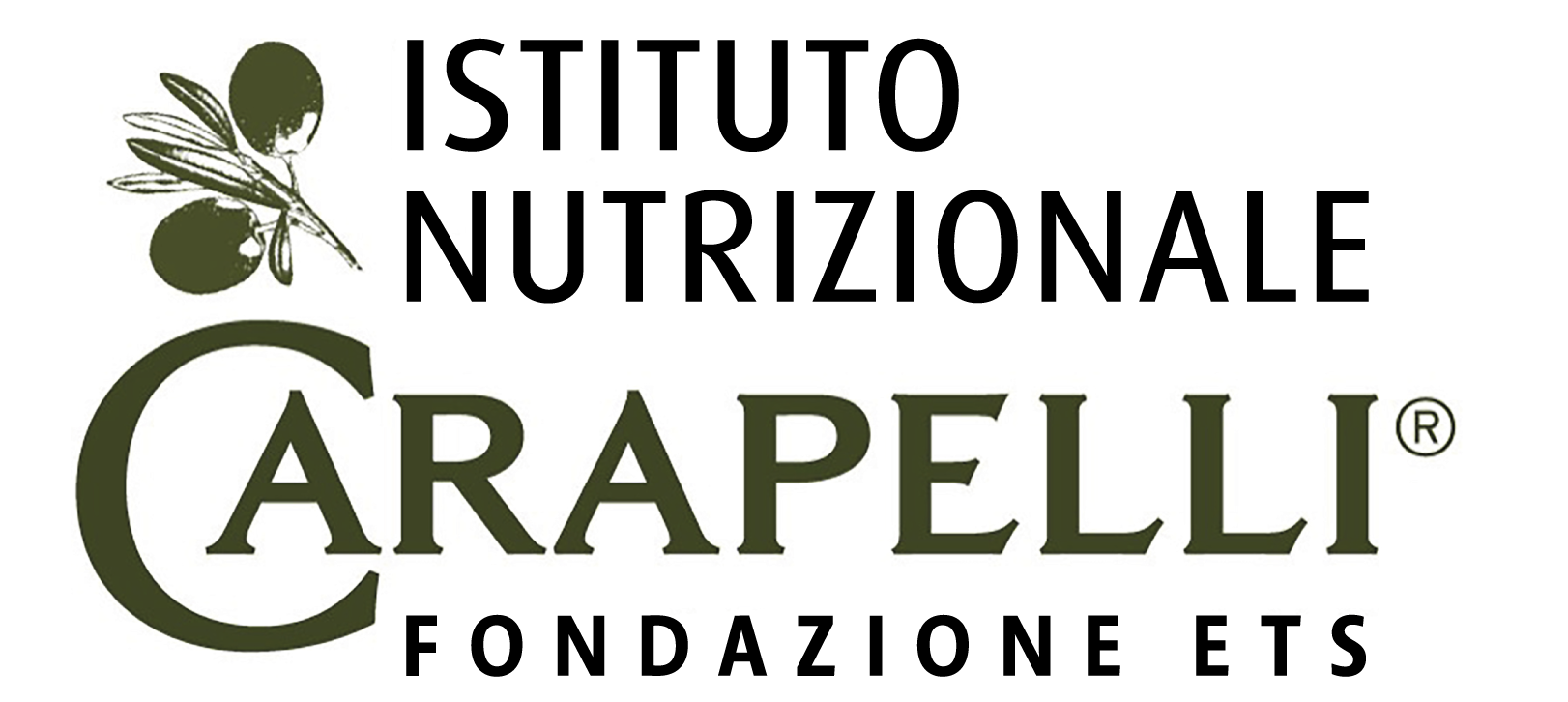The olive oil
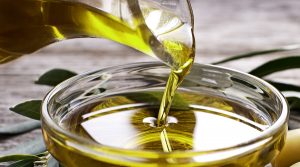
Olive phenols
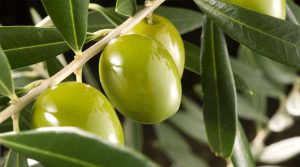
Olive oil phenols
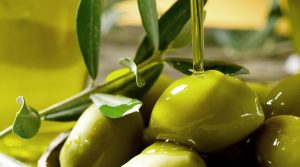
Phenols and properties of oil
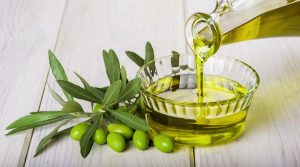
The two most important compounds for this type of activity are the simple phenol Hydroxytyrosol and the complex phenol Oleuropein aglycone, both characterized by a catecholic structure (orto-diphenols).
Biological activities of phenols – Activities in vitro
Studies carried out at the Department of Pharmacological Sciences at the University of Milan have shown that these compounds are endowed with important biological activities in vitro:
- a. Antioxidant activity against the oxidation of the cholesterol-rich low density lipoprotein (LDL), thereby reducing the atherogenic properties of this lipoprotein.
- b. Functional inhibition of cells involved in physiopathological processes, such as platelet, responsible for thrombogenic events through the formation of thromboxane A2 via the cyclo-oxygenase pathway, and leukocytes, involved in inflammatory processes, through the formation of leukotrienes via the lipoxygenase pathway. In addition phenols modulate enzymes that regulate functions: the synthesis of nitric oxide (NO), a potent vasodilatator, by macrophages, is increased, while the production of the free radical anion superoxide, by the same type of cell, is reduced. In contrast, these activities are not shown by typical lipophilic antioxidants (e.g. Vitamin E). Phenols in olive oil share, therefore, a broad spectrum of biological activities, in addition to acting simply as antioxidants. This may be attributed to the chemical characteristics of these compounds, amphiphilic molecules, i.e. partly lipophilic with the typical lipid antioxidant activity (like Vitamin E) and partly hydrophilic, with would allow interactions with enzymes, such as the oxygenases (such as water soluble compounds).
Biological activities of phenols – Activities in vivo
In vitro studies on the effects on various biological parameters represent the basis for the assessment of possible activities of phenolic compounds in vivo.
- a. Bioavailability.
Until now, no information about the “bioavailability” of these compounds had been available. Bioavailability is a measure of the proportion of a compound, taken with food or as a pharmaceutical formulation, that is absorbed after oral administration, and is therefore available to give biological effects. The bioavailability of a compound can be evaluated quantitatively as:
1. Total renal excretion of the compound and/or its transformation products in urines collected for a sufficiently long period of time (provided that the compound is actually excreted with urine), as a fraction of the total amount taken.
2. Determination of the plasma concentrations of the compound and metabolites assessed at various time points. Bioavailability can be calculated from the curve describing the changes in plasma concentrations at different times after administration (Area Under the Curve, AUC with respect to the time). This approach is onehower difficult to apply for phenols. - b. Studies of the bioavailability of olive oil phenols in humans
A study recently completed at the Department of Pharmacological Sciences, carried out by administering to health subjects constant quantities of olive oil, but containing different amounts of total phenols and ortho di phenols, and by evaluating the urinary excretion of hydroxytyrosol and its metabolites, has shown that these compounds are dose dependently absorbed. In addition, a large proportion of these compounds is excreted as products of metabolic transformation. This indicates that hydroxytyrosol enters cellular compartments (possibly the liver) and interacts with enzymatic systems. These data indicate that olive oil phenols exert antioxidant activities in vivo. Altogether the above results provide the basis for studies specifically aimed at exploring the activities of such compounds in humans, in the prevention and possibly in support of treatment of major diseases (cardiovascular and degenerative diseases).
With this aim in mind, a study was set up in collaboration with the Department of Pharmaceutical Sciences of Milan University, to confirm the antioxidant activity of Phenols in olive oil on humans, already demonstrated in vitro and in vivo on rats.
The administration of samples of oil containing increasingly higher levels of hydroxytyrosol and oleuropein aglycone (catechols) to subjects is linked to decreasing excretion in the urine of isoprostanes (8-iso-PGF2a) biomarker in vivo of lipidic peroxidation and therefore of cellular oxidative stress.
Furthermore it was shown that a reduction in excretion in the urine of isoprostanes is statistically linked to grater excretion in the urine of hydroxytyrosol and of one of its metabolites, homovanillicalcohol, demonstrating that the antioxidant activity of hydroxytyrosol leads to it being absorbed by cells and being metabolically transformed
C. Galli, F. Visioli, D. Caruso, G. Galli
Department of Pharmacological Sciences, School of Pharmacy, University of Milan
